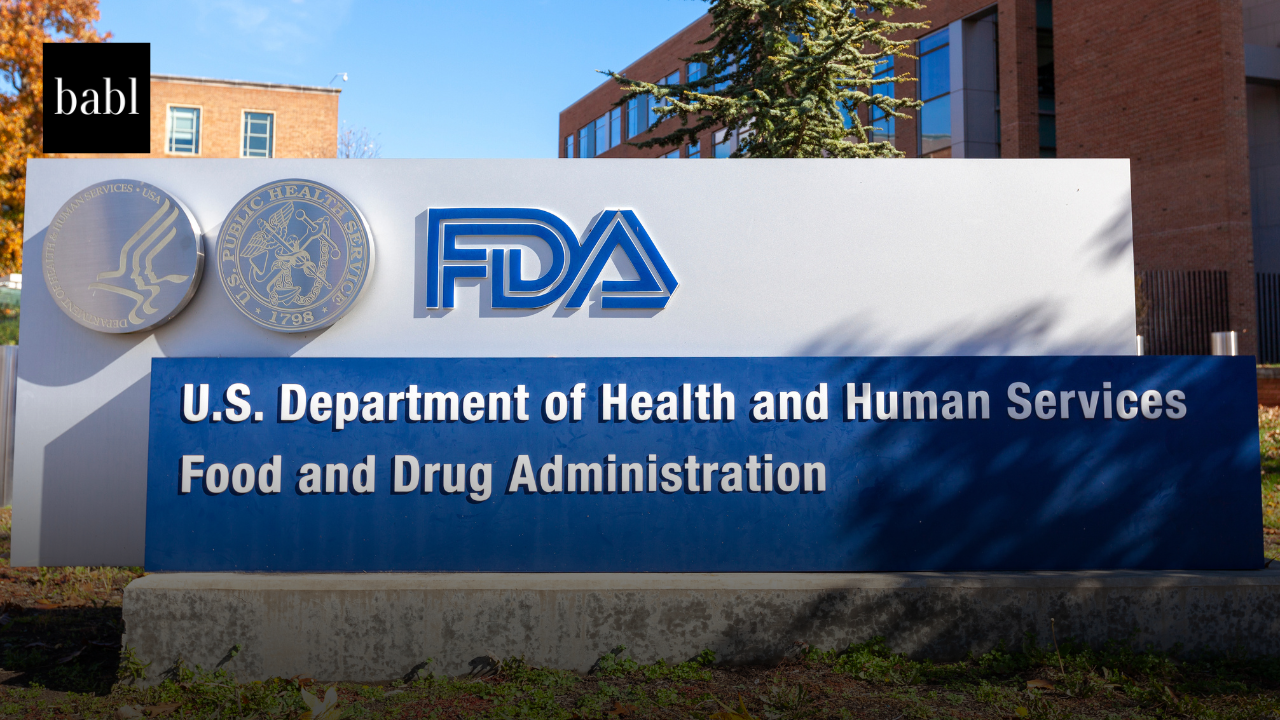FDA, Health Canada, and MHRA Unveil New Transparency Guidelines for AI-Powered Medical Devices
In a significant step towards enhancing patient safety and trust in AI-powered healthcare technologies, the U.S. Food and Drug Administration (FDA), Health Canada, and the United Kingdom’s Medicines and Healthcare products Regulatory Agency (MHRA) have introduced new guidelines to promote transparency in AI-enabled medical devices (MLMDs). Building on their 2021 collaboration, which established 10 guiding principles for good machine learning practice (GMLP), these regulatory bodies are now focusing on ensuring clear communication and transparency in the development and use of these advanced technologies.
In 2021, the FDA, Health Canada, and MHRA collectively identified GMLP principles designed to support the development of safe, effective, and high-quality AI and machine learning technologies within the medical device sector. These principles emphasized the importance of AI systems learning from real-world use and improving device performance over time. The newly introduced guidelines aim to ensure transparency for all stakeholders, including healthcare professionals, patients, caregivers, and regulatory bodies, thereby fostering trust and ensuring the safe and effective use of these advanced technologies.
The new guidelines for transparency build on two key GMLP principles: Principle 7, which focuses on the performance of the human-AI team, and Principle 9, which ensures users are provided with clear, essential information. Transparency in MLMDs involves communicating information about the device’s intended use, development, performance, and underlying logic to relevant audiences. This transparency is crucial for building trust and ensuring the safe and effective use of AI technologies in healthcare.
Why Transparency Matters
Transparency benefits everyone involved in healthcare. Patients, providers, caregivers, administrators, and regulators all need accurate information. Clear communication supports patient-centered care, promotes safety, and makes it easier to detect errors or bias.
Developers must share details such as:
-
The device’s medical purpose and function
-
Intended users and environments
-
Target populations
-
Benefits, risks, and performance
-
How the device fits into clinical workflows
They must also explain logic, bias management strategies, and monitoring processes. This information should be accessible through interfaces, training materials, packaging, labeling, and software displays.
Human-Centered Design and Communication
The guidelines emphasize timely communication throughout a device’s life cycle. Developers should provide detailed information during purchase, implementation, updates, and daily use. Human-centered design is central to this process. It involves addressing the entire user experience and gathering feedback during development. This approach ensures that information remains accessible, understandable, and useful for intended audiences.
Global Perspective on AI in Healthcare
Troy Tazbaz, Director of the FDA’s Digital Health Center of Excellence, stressed the importance of global collaboration. He explained that responsible AI development in healthcare is a top priority for regulators worldwide, since trust depends on openness. This latest release marks the third joint document from FDA, Health Canada, and MHRA on guiding principles for AI-enabled devices. Each update reinforces a global commitment to safe, effective, and equitable AI use in healthcare.
Conclusion
The new transparency guidelines mark a major step toward building patient and provider trust in AI-enabled medical devices. By promoting human-centered design and clear communication, regulators are creating a framework that will shape the future of AI in healthcare.
Need Help?
If you have questions or concerns about AI-enabled medical devices, guidelines, regulations and laws, don’t hesitate to reach out to BABL AI. Their Audit Experts can offer valuable insight, and ensure you’re informed and compliant.
Silver Spring, MD, USA 11/10/2020: Exterior view of the headquarters of US Food and Drug Administration (FDA). This federal agency approves medications, vaccines and food additives for human use. — Photo by grandbrothers on depositphotos





